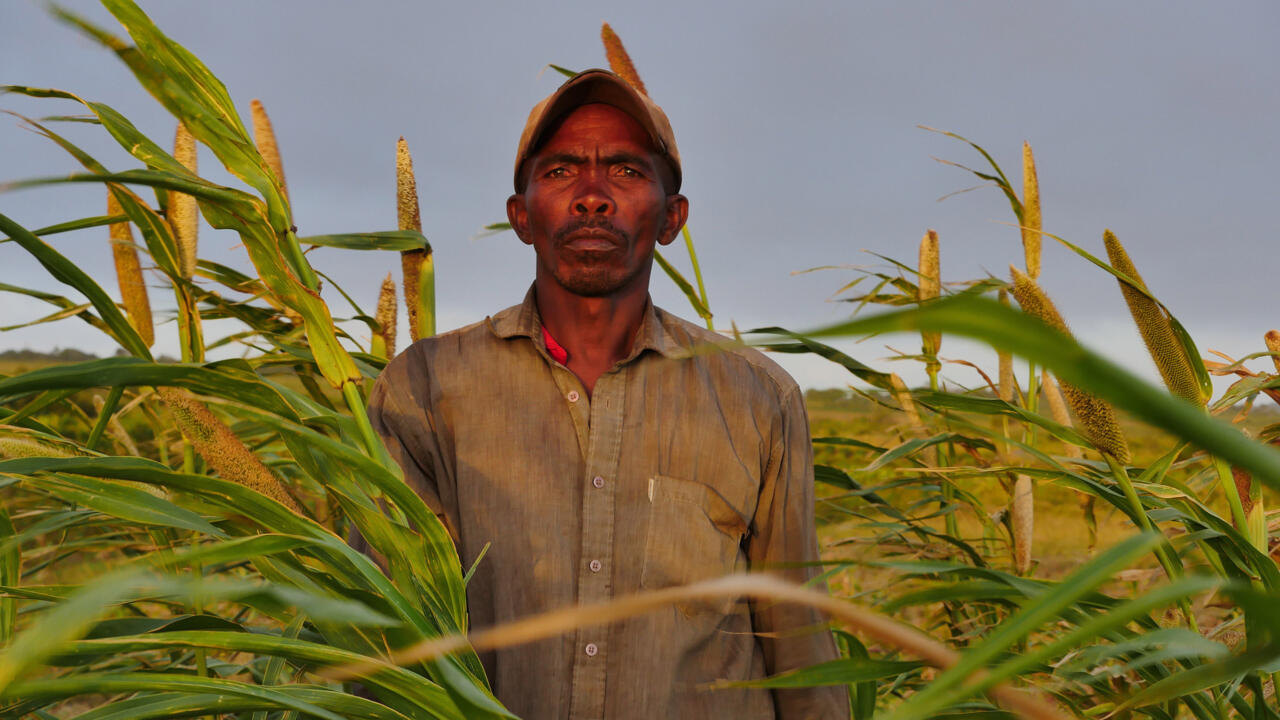En el sur de Madagascar, nuevas técnicas agrícolas comienzan a dar resultados.
However, for the past two years, the implementation of actions to anticipate the consequences of drought has begun to show positive effects. With great pride, the farmer presents herself as the “Chief of Meteorological Communication.” Smartphone in hand, she shows us the app that has changed her way of farming and that of her community. “This phone informs me of the weather forecasts.
I can know many things thanks to the app,” she argues. “When we see that it is going to rain, I inform my community that we can plant. However, when we see that there will be no rain, we don’t sow. Once a week, I buy credit to recharge and consult the app and I announce the forecasts to everyone.
This has changed our life. It helps us better predict precipitation and is crucial for us, rural farmers.” Rain, locusts, wind… The app developed by the FAO, the United Nations Food and Agriculture Organization, provides up-to-date and understandable agro-meteorological data for about sixty rural communities to anticipate their daily tasks, choose the seeds to plant, and maximize harvests, given the climatic hazards.
The FAO also supports seed multiplier producers, like Laly, who has planted millet on his one and a half hectare plot. Around him, large ears, abundant in seeds, are the result of his success. Since becoming a seed producer, the farmer has received training in improved farming techniques: “I chose to grow millet because it is nutritious and, above all, it does not need a lot of water to grow. We made a contract with the FAO and since then, my goal is to produce quality seeds and it is the FAO that buys them all from me.”
Better yields, selected seeds more resistant to drought and wind, awareness of other types of crops… The changes are gradual, but the results are visible.
